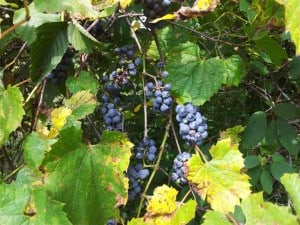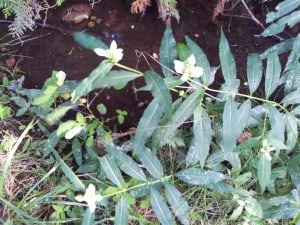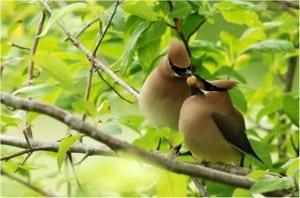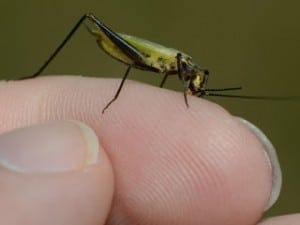This afternoon, I walked the Trans-Canada Trail west from the steep footpath leading down to the trail from the end of Wallis Drive, past the blue bridge to Ackison Road. A number of wildflowers continue to bloom and most of the shrubs are heavily laden with fruit. Here are some of the other highlights today:
1. Almost all of the Virginia Creeper is either bright red or burgandy now and is heavy with blue berries. Wild Grape, too, has a huge fruit crop. There should be lots of robins around this winter with so much food available. Why migrate?
2. In addition to New England Aster which is at peak bloom, some other asters are flowering now as well. They include Heart-leaved Aster, Heath Aster and Flat-topped Aster.
3. Numerous Turtlehead plants are in bloom, especially east of the blue bridge in the wet ditch. The flower head does indeed look like the head of a turtle.
3. Today, there were more Cedar Waxwings than ever. I counted at least 60. They seem to really like the Silky Dogwood berries (blue). I also saw two Gray Catbirds on the trail, one of which was “meowing” from the shrubs.
4. A number of darner dragonflies were patrolling the trail. I’m uncertain of which darner species.
5. The insect chorus coming from the marsh continues to be extremely loud. It seems to be made up of mostly one species, however, most likely the Black-horned Tree Cricket or the Four-spotted Tree Cricket. The species I hear most often sings a long-lasting, continuous trill, almost like an American Toad.
6. Butterflies seen today were Mourning Cloak (1), Eastern Comma (1), Clouded Sulphur (1) and Northern Crescent (1). I have not seen a single Monarch along the trail this year.



